It’s finally my turn to do the Suicide Squad: Kill the Justice League review! Given the tumultuous journey of the Arkhamverse, I hesitated to write this review, considering that much has already been discussed within the gaming community. However, I’d feel remiss if I didn’t contribute my perspective to one of the most iconic franchises in gaming history.
I should start by saying that Batman is one of my favorite superheroes, so needless to say, every time a Batman game comes out, I’m always ready to play the game as soon as the release countdown is over. So there was no way I would miss out on a game that takes place after the events of Arkham Knight, set in Arkhamverse.
Yes, I am ignoring Gotham Knights – while some may argue its merits, the gaming community collectively deems it inferior to the Batman Arkham games. Fortunately, it doesn’t share the same Arkhamverse continuity, allowing us to focus on the main event: Suicide Squad: Kill the Justice League, which unfortunately shares the same Arkhamverse continuity. Now I wish it didn’t.
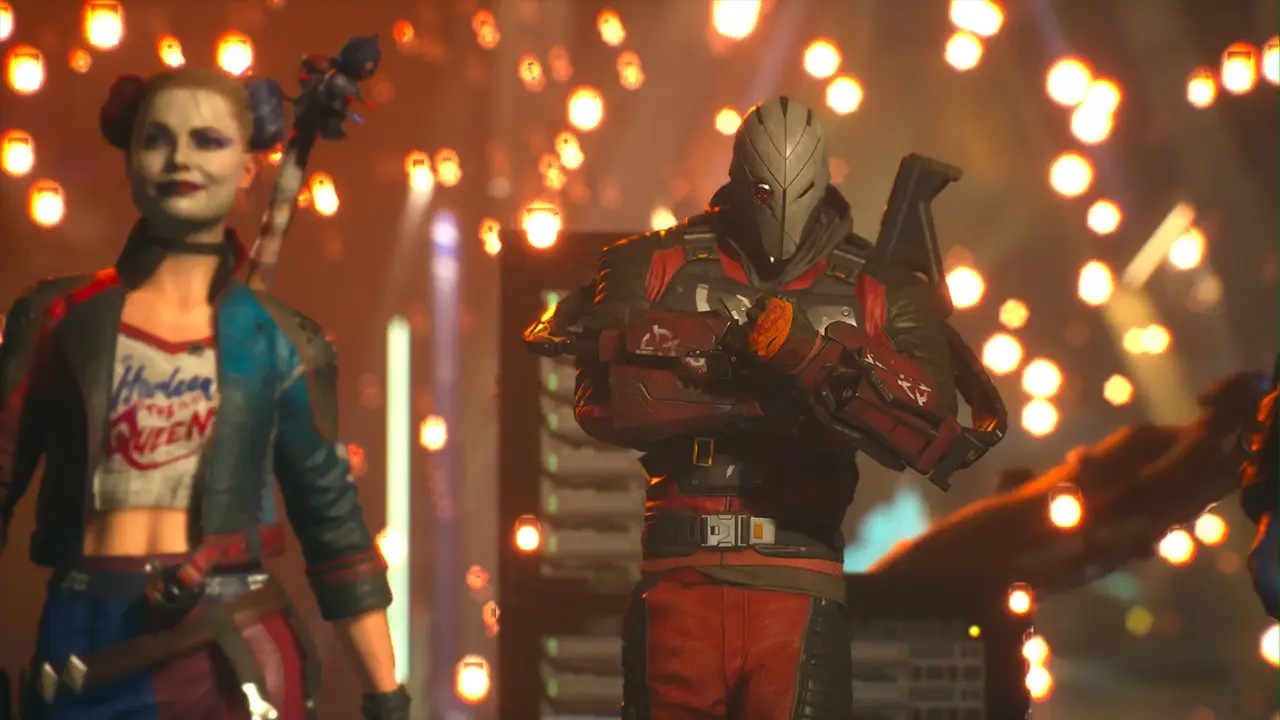
In this article, I’ll be sharing what I loved and what left me wanting. Fair warning: spoilers lie ahead, so if you’re spoiler-averse, skip to the “Verdict” section in the article for our final verdict.
Another Superhero Looter Shooter? Again?
I’ve set my standards based on three iconic series: the Batman Arkham games, Marvel’s Spider-Man games, and Marvel’s Guardians of the Galaxy. These games have been etched into my gaming heart like a bat signal against the night sky.
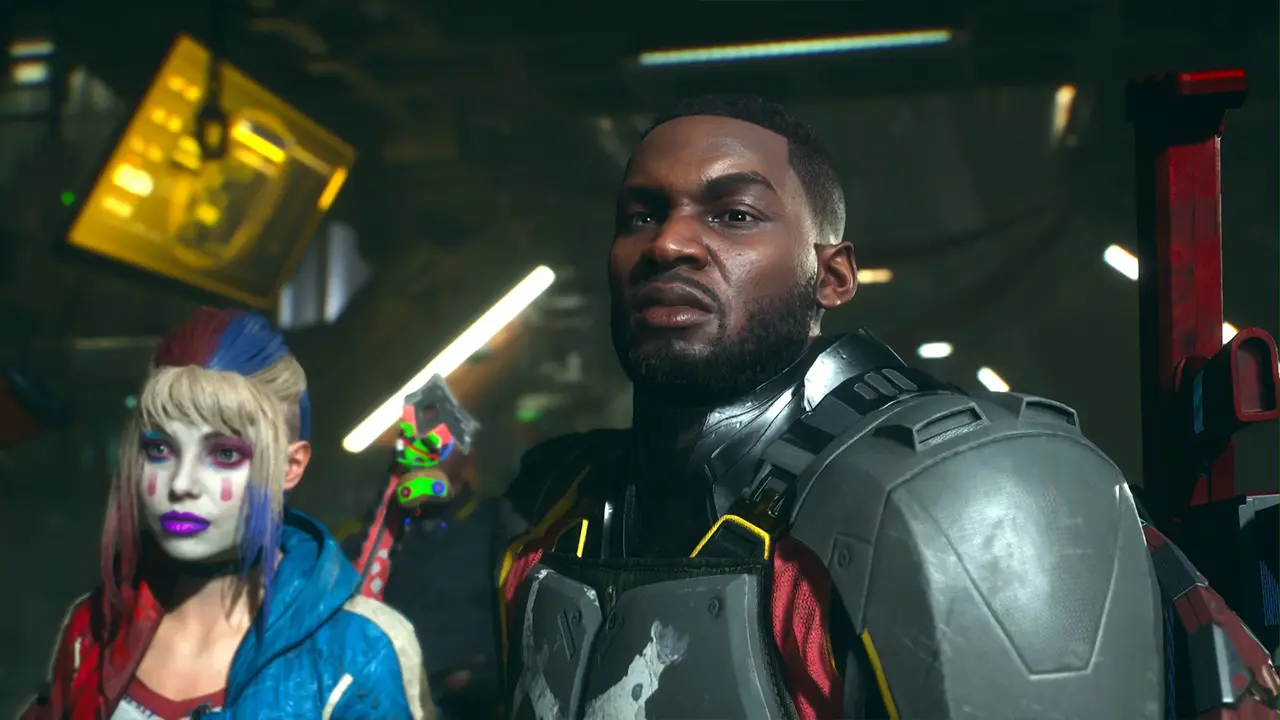
Now, if a new superhero game doesn’t soar to the heights of awesomeness set by these favorites, it’s unlikely to earn a permanent spot in my Hall of Justice. And that brings us to Suicide Squad: Kill the Justice League. Let us dissect this anti-hero adventure, starting with the not-so-great aspects.
First off, let’s address the looter shooter genre. Don’t get me wrong—I’ve got nothing against looter shooters. But in the context of Suicide Squad, it felt like a misaligned boomerang. The game didn’t quite hit the mark I had hoped for, and that’s saying something, considering my love for both loot and shooting.
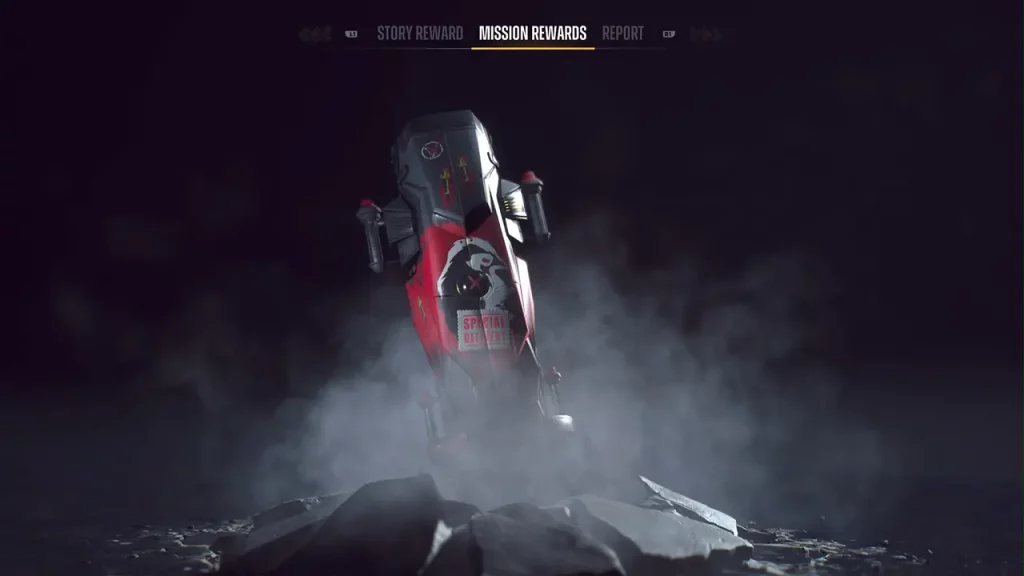
I believe Borderlands 2 indeed set the gold standard for looter-shooters, and subsequent games have danced to its rhythm. From Destiny 2 embracing the free-to-play model to Remnant: From the Ashes still surviving as a pay-to-play, the gaming landscape has seen its share of hits and misses. The success rate varies anywhere from the success of Tom Clancy’s The Division games to the commercial failure of BioWare’s Anthem (2019).
And then there’s Outriders (2021)—a game that left me with mixed feelings. It wasn’t a live service title, which was refreshing, and the devs People Can Fly released it as a fully complete game. And now, we arrive at Suicide Squad: Kill the Justice League. It’s a pay-to-play game, but it feels like an unfinished symphony—its story dangling like a cliffhanger waiting for the upcoming seasons. The promise of more adventures is there, but the live service elements miss the target audience and tick all the wrong boxes instead.
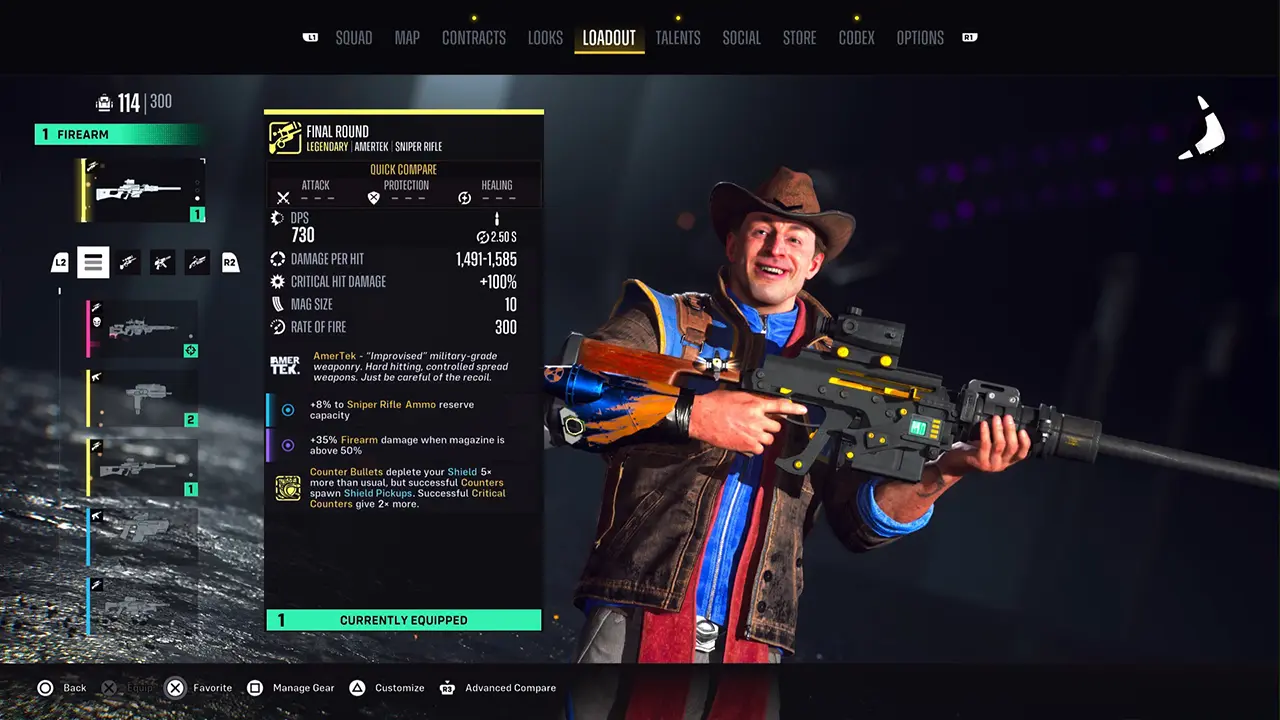
The Good, the Bad, and the Chaotic
The story was fun, well-written and engaging. However, the repetitive mission design and the live service endgame left a slightly bitter aftertaste. The more you play and go into that endgame loop, the more it feels like a Joker’s joke gone wrong. Even after completing the single-player story, Suicide Squad never quite scales the heights of its Arkham predecessors—games crafted by the same talented devs. But I don’t believe the majority of the team who worked on the original series are left anymore in the current Rocksteady. This wasn’t the Arkhamverse continuation fans deserved.
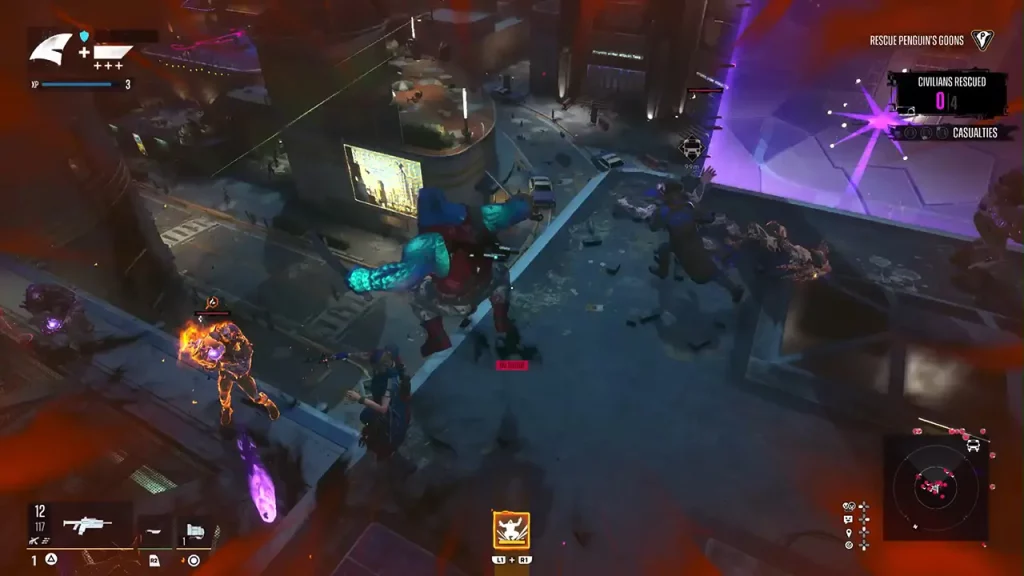
Killing off major characters in the prime world of the story? It’s like in Injustice: Gods Among Us (2013), where Joker detonates a bomb, but this time in the face of Arkhamverse continuity. This makes it too hard to go anywhere from here.
We know from another dimension that Joker is joining the Suicide Squad in the first season. But ending the Arkhamverse, a series most of the fans loved playing, in a way that you know essentially makes the series in complete stall regarding any future Batman games set in Earth 1 as Suicide Squad names it in Arkhamverse.
The demise of the legendary Kevin Conroy hurt the fandom. Yet, Suicide Squad’s choice to have Harley pull the trigger, deeming Batman “useless” to lure out Superman, is something I didn’t really enjoy. They could redeem this moment for Arkhamverse fans in so many ways. But no. It felt like the current studio just wanted to get over with a single-player story to make players play their ‘never-ending’ multiplayer seasonal part of the game. I just felt helpless watching the scene. It felt like something I loved slipping through my fingers like sand in an hourglass. And there was nothing I could do about it as I witnessed Batman’s fate in this game.
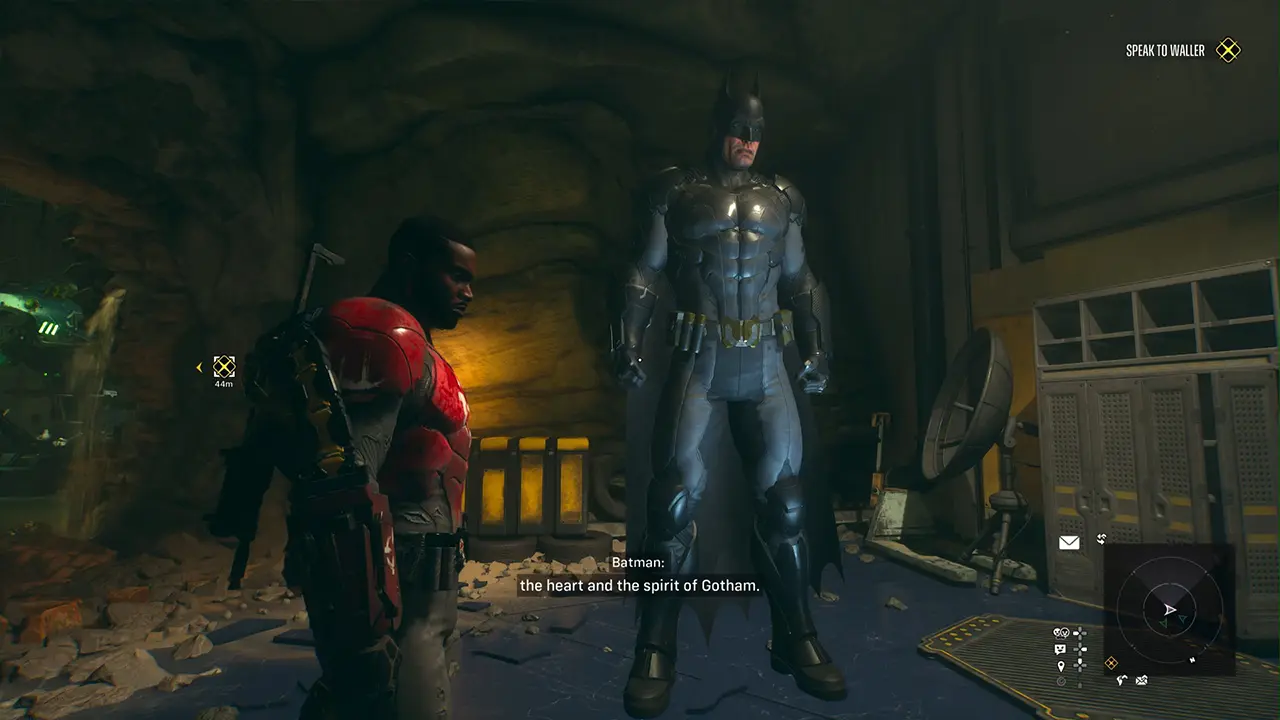
I yearned for Rocksteady to give us another Batman game within the Arkham series rather than venturing into the live-service realm with Suicide Squad: Kill the Justice League. But it’s too late for that.
And a new actor will be voicing any future Batman game. Now, it is not that I could not accept a new Batman voice. It’s just that it was unfortunate how they wrapped up the story for a character we’ve cherished. Setting this game in an alternate reality could have preserved Arkhamverse Batman’s legacy, but instead, we find ourselves grappling with thirteen Brainiacs scattered across dimensions. It’s like a multiverse of missed opportunities.
Thankfully, Justice League: Crisis on Infinite Earths – Part Three will posthumously feature Kevin Conroy’s voice as Batman for the final time. They have a chance here to honor Kevin Conroy’s legacy. His iconic voice work as the DC Animated Universe’s Batman, which began with Batman: The Animated Series, will echo through this animated movie again. As fans, we can eagerly await this fitting tribute to the Dark Knight. Don’t get me wrong, this chaotic romp through a Brainiac-infested Metropolis has its moments. Flying through the city as Captain Boomerang uses speed force never gets old. Dodging lasers, flinging boomerangs, and watching King Shark chomp bad guys with disturbing glee is undeniably fun.
Groundhog Day in Metropolis
A huge part of this game that did bother me was the repetitive gameplay elements. Nothing felt like a handcrafted experience. It was just a few templates of gameplay elements repeated non-stop throughout the game, apart from a few scripted sequences. It’s like a Riddler riddle you’ve solved a hundred times. I thought it was poorly executed, and made the experience average – and ‘average’ should never be in the sentence while explaining the new Rocksteady game to someone.
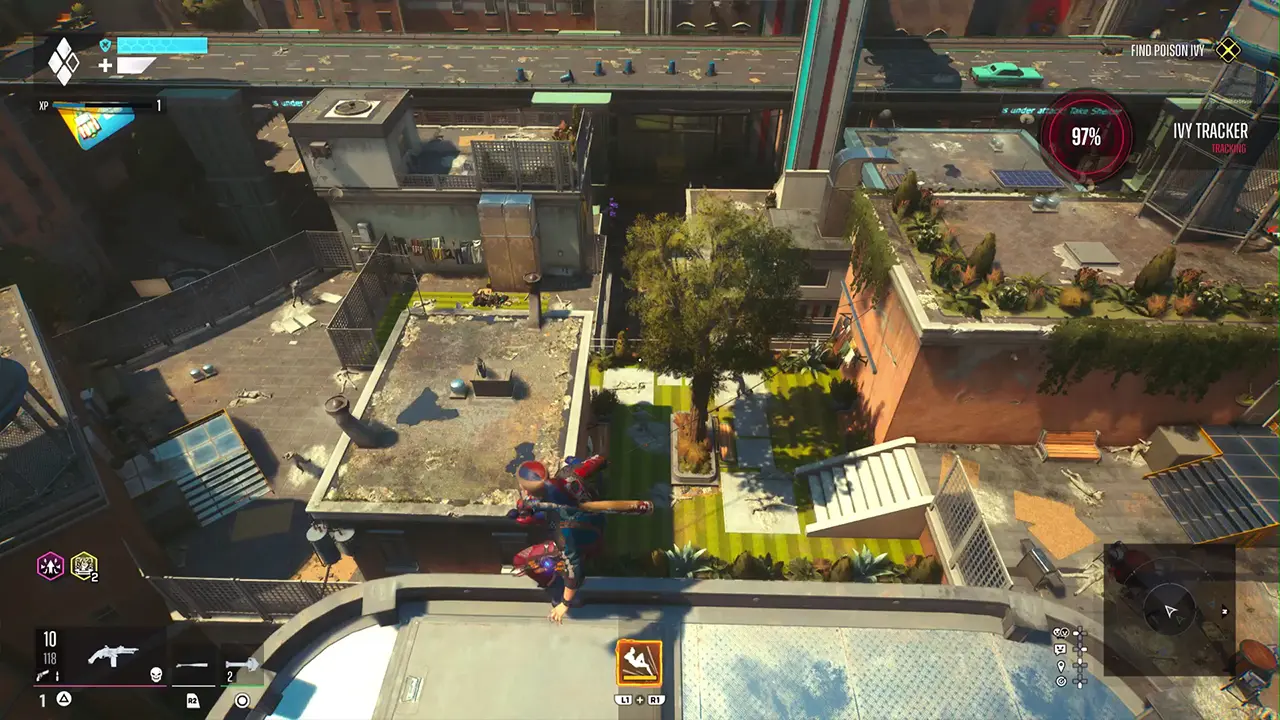
You might have fun a couple of hours into the game, but then the cracks start to show. The live-service looter shooter twist feels like someone duct-taped a loot chest onto a superhero game. Repeated side missions, generic enemies with slight design changes, and just a costume change moment for heroes for one of the “boss fights,” and the ever-present “seasonal content” shadow sucks the fun out faster than a Brainiac drone on a sugar rush.
Grinding for gear becomes a chore, not a quest for power, and the once-exciting story becomes bogged down by monotonous objectives and a heartbreaking ending that feels like a betrayal of beloved characters.
The plot twists felt like the developers wanted it to be a shiny sugar-glazed donut. But it was served to us dipped in water. I know it’s confusing, right? The plot twists were good on paper, but I believe they were half-baked. There was no WOW factor to it. Some of the plot choices left me feeling more confused about Rocksteady than Harley after a philosophical debate with the Joker.
Boss Brawls, Not Boss Battles
Now, let us focus on the boss fights. Facing off against our former heroes—Superman, Batman, The Flash, and Green Lantern—should have been a highlight. But it felt like a chaotic brawl at a Metropolis street fair. The repetitive mechanics and lack of unique strategies (besides using more counters) left me yearning for more.
The big bad himself, Brainiac, should have been an epic showdown. But it felt more like a game of “swing, jump, laser beam, duck, aim, counter, shoot.” His attack patterns were predictable, and the fight lacked that heart-pounding intensity we expect from a final boss.
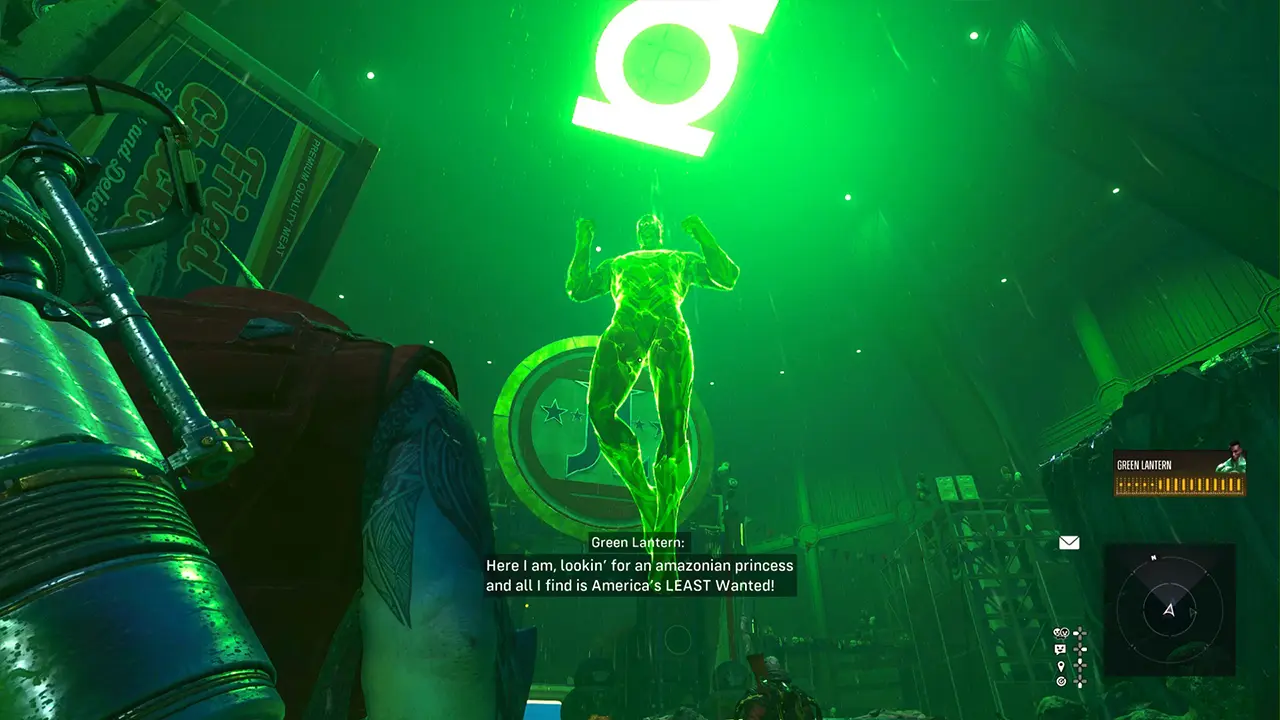
Coming back finally to the things I liked, for our Suicide Squad: Kill the Justice League review, I loved the story (excluding the ending), co-op mode, character design, voice acting, dialogues, cutscenes and the characterization of the four lead characters. The relationship between the squad members during in-game events was fun to watch. It was a joy to see the amazing animations play out. If this was an animated movie with nothing to do with Arkhamverse, the backlash might have been less, and it would have been a fun film to watch.
Brainiac’s Multiverse
The narrative took us on a wild ride, weaving a tale of misfit villains thrust into action against the world-killing menace, Brainiac. The devs wanted the twists and turns to keep us on our toes, but—oh, that ending—a missed opportunity.
As for the character design, it was amazing. Deadshot’s cybernetic eye, King Shark’s toothy grin, Harley’s mallet—each design screamed “anti-hero chic.” And Captain Boomerang? Well, he’s the guy who brings a boomerang to a gunfight—the chemistry between the four leads felt like a rollercoaster: wild, unpredictable, but utterly delightful.
Those cinematic moments? Pure gold. The animations flowed well within each scene. And to repeat what I said, if this were an animated movie, it’d be a popcorn-worthy flick with extra sprinkles of chaos. From Harley’s manic quips to Deadshot’s stoic coolness, the voice acting is top-notch, bringing these iconic characters to life. It’s like hanging out with a dysfunctional superhero family, each member packing a unique personality and arsenal.
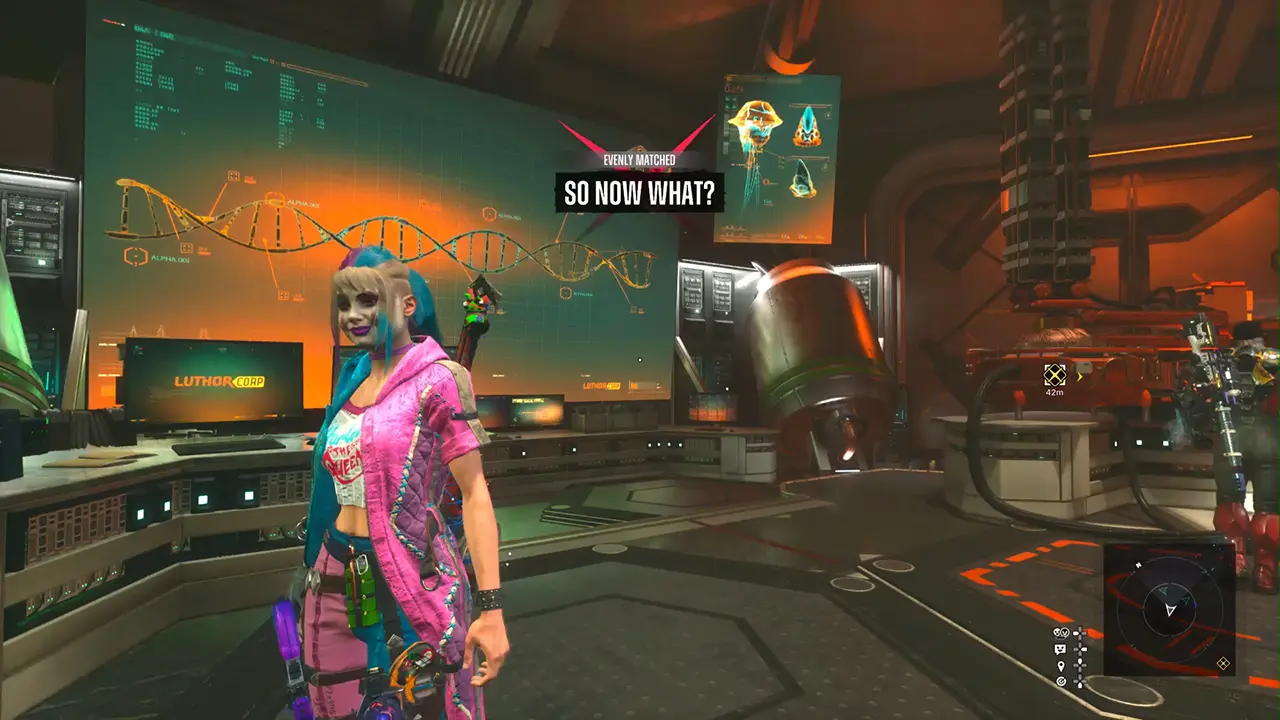
Suicide Squad: Kill the Justice League Review Verdict
Suicide Squad: Kill the Justice League is a wild, action-packed experience, but one ultimately hampered by inconsistency. The core gameplay, with its unique traversal abilities and satisfying combat, offers moments of pure, chaotic fun. Hovering through Metropolis as Deadshot or grappling across rooftops as Harley Quinn is undeniably thrilling. However, the joyride sputters as repetitive missions, an uneven narrative, and questionable design choices take hold.
What I liked:
- Exhilarating traversal: Each character brings a distinct and enjoyable movement style, keeping exploration fresh and engaging.
- Explosive combat: Guns blazing and powers flying, combat encounters are often chaotic and exciting, especially in co-op.
- Intriguing premise: The idea of turning the tables on the Justice League holds great potential.
What I wished was better:
- Repetitive missions: Objectives quickly become formulaic, hindering long-term engagement.
- Stumbling narrative: The story suffers from pacing issues and underdeveloped characters, failing to capitalize on its unique premise.
- Technical hiccups: Occasional performance drops and bugs can disrupt the gameplay flow.
- Live service concerns: The game’s focus on post-launch content raises questions about its value proposition at launch.
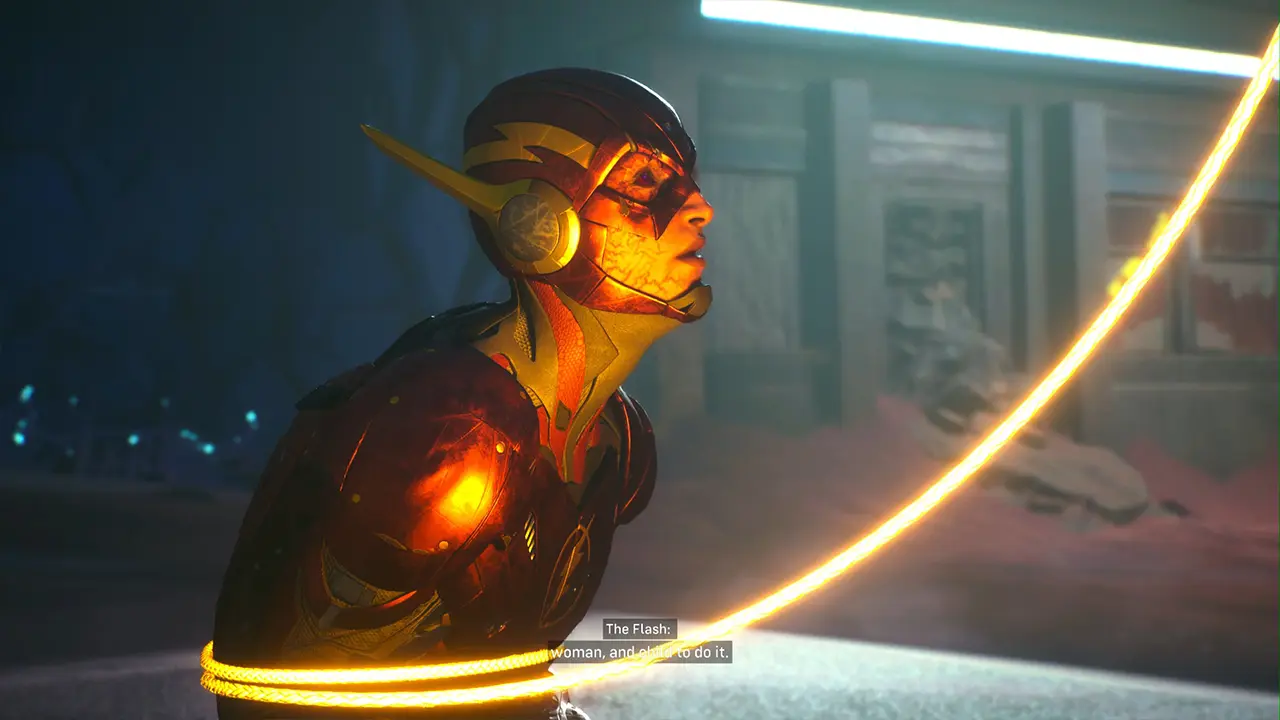
Suicide Squad: Kill the Justice League is a flawed but enjoyable experience. You might find some fun here if you’re looking for a mindless, action-packed romp with friends. However, those seeking a deeper narrative or a more polished experience may be left wanting. This chaotic cocktail holds potential, but its uneven mix leaves a slightly bitter aftertaste.
Do I recommend it? Consider your gaming preference and especially what you prefer from a game of this style before diving right in. As a Rocksteady fan, if you are looking for anything fan similar to what you experienced in Batman Arkham games, then you won’t find that experience here. But if you are not expecting anything grandeur, then Suicide Squad: Kill the Justice League excels in single-player cinematic experiences.
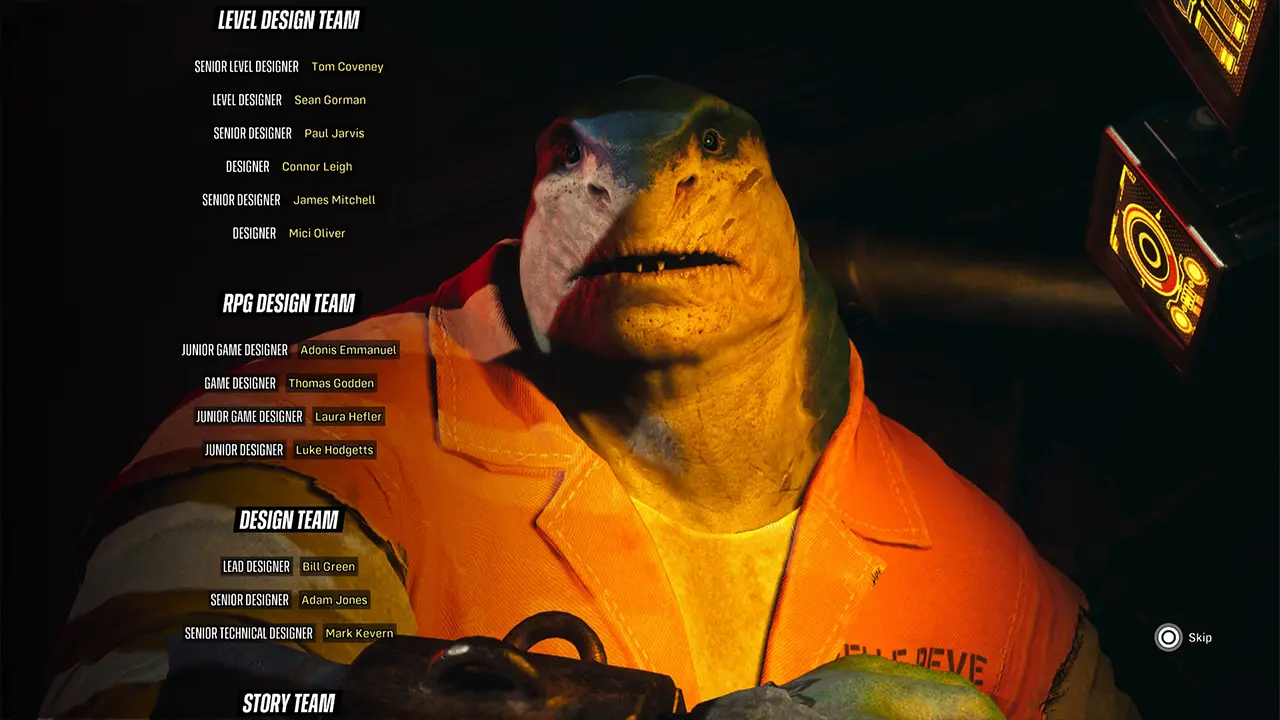
It is wildly entertaining, featuring a great story, excellent voice acting, and beautiful environments. However, it grapples with repetitive mission design and a messy confluence of combat systems. While it has its moments, the game’s potential feels cut short due to its live-service endgame.
The best way to play is to pick up this game once you find a good deal on a physical copy or if the digital version goes on a discounted sale. I can’t recommend it in the current price tag unless Rocksteady adds more content with varied gameplay experience instead of the current repetitive state.
Considering everything, Suicide Squad: Kill the Justice League falls short of its potential. The overall experience leaves room for improvement. With a final rating of 6/10, it’s a game that tantalizes but doesn’t quite deliver on all fronts.
Head to our dedicated game reviews category on Gamer Tweak for more reviews like this.

